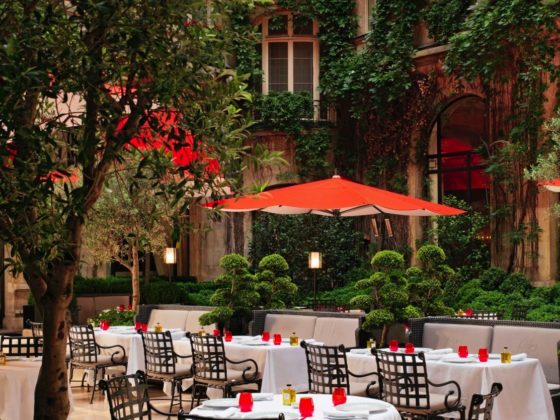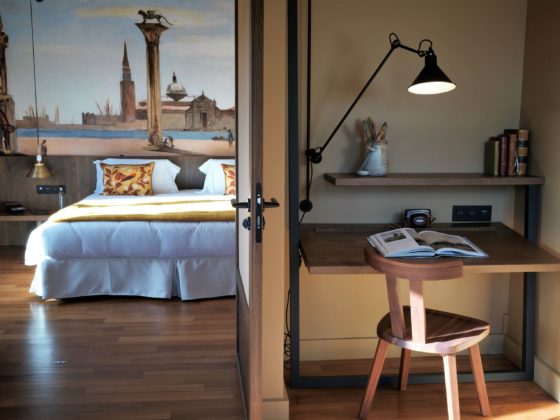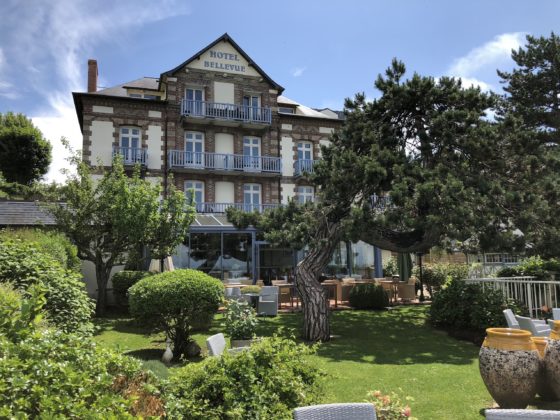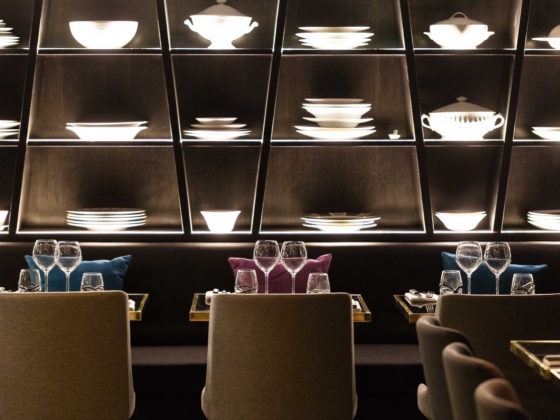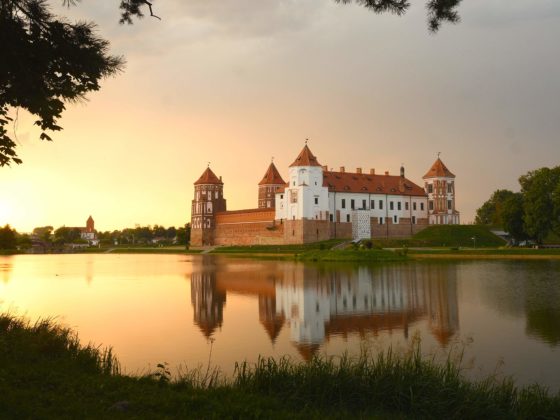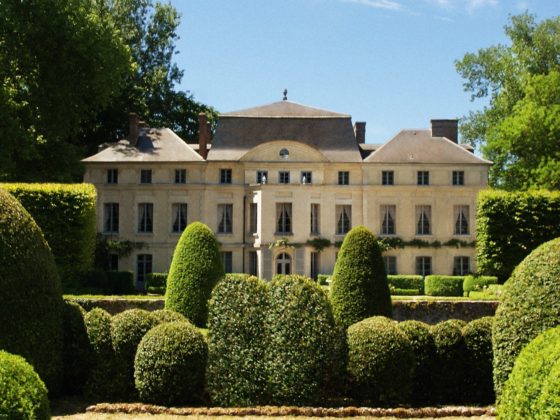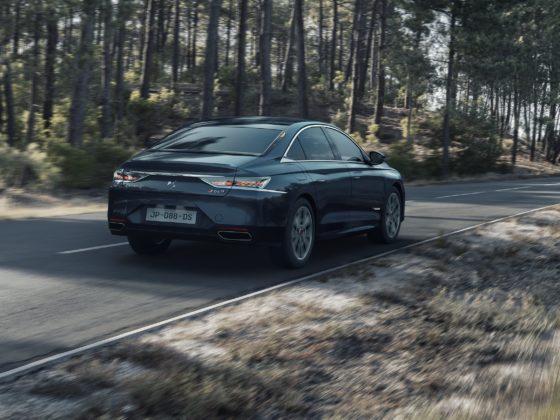What’s the point of repeating the same generalities about this exceptional car over and over again? To seduce those of you who, by chance, do not know it in detail? Bringing in the club of the happy few with a few transient suitors? Unrepentant dreamers? The Jaguar E-Type is a beast to be tamed. But beware of the claws.
By François Tauriac
The web and newspapers are full of portraits that brilliantly describe the qualities and specificities of this mythical car. Our ambition is not to repeat over and over again the eternal praises that this sacred monster deserves, but rather to put our experience at the service of those who are about to take the step. To touch the holy grail: to buy what is undeniably one of the most beautiful cars in the world.
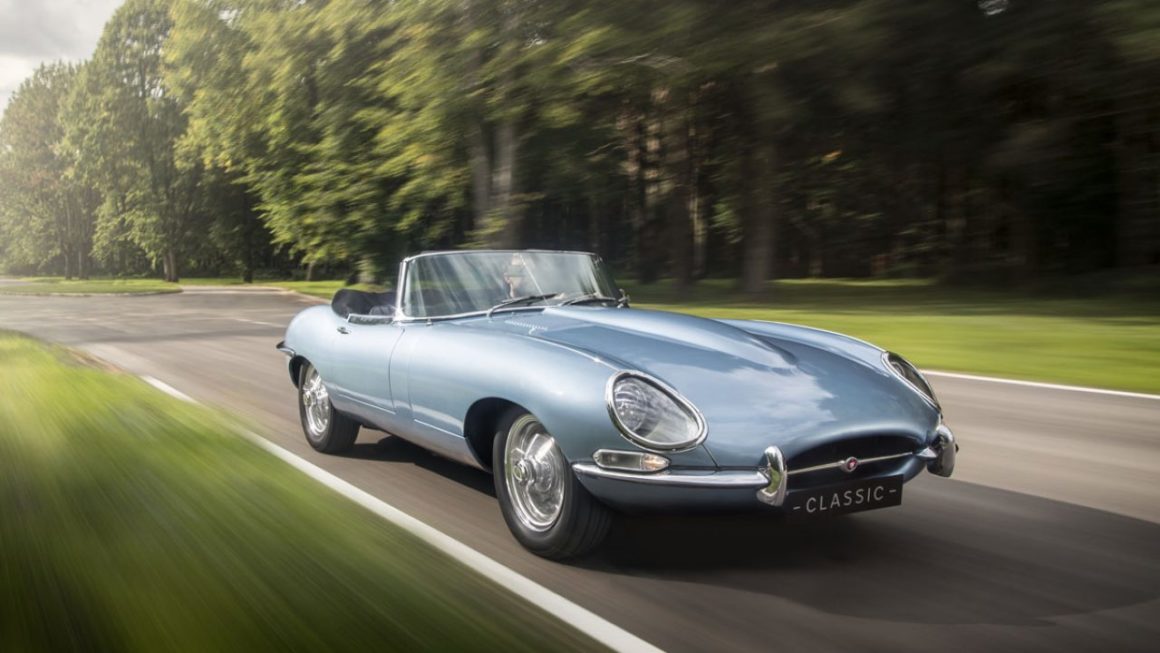
First of all, it is important to know that the beast does not allow itself to be approached by the first person who comes along. An E-Type is more than just a rocket that looks like a giant phallic symbol. It is first of all a unique and complex architecture. One must imagine an egg that would be placed on its longest part – the passenger compartment – to which one would graft a complicated apparatus of tubes with square sections – the false front chassis – and which would be topped with an engine, then with a hood of more than two meters long. At the rear, an on-board braking unit would be fixed to the body by four rubber block sills and attached to the rear floors by two tie rods. That’s right, an E-Type! A masterpiece of 4.45 meters long, pulled by a 6-cylinder 3.8 L or 4.2 L double overhead camshafts of 264 horsepower SAE or even a V12, 5.3 L of 272 horsepower, inaugurating avant-garde technological choices. All drawn by the magic pencil stroke of Malcolm Sawyer. An aeronautical engineer who made Enzo Ferrari envious when he discovered his work in 1961 at the Geneva Motor Show and who ended his career at Jaguar ennobled by the Queen. Yes Sir!
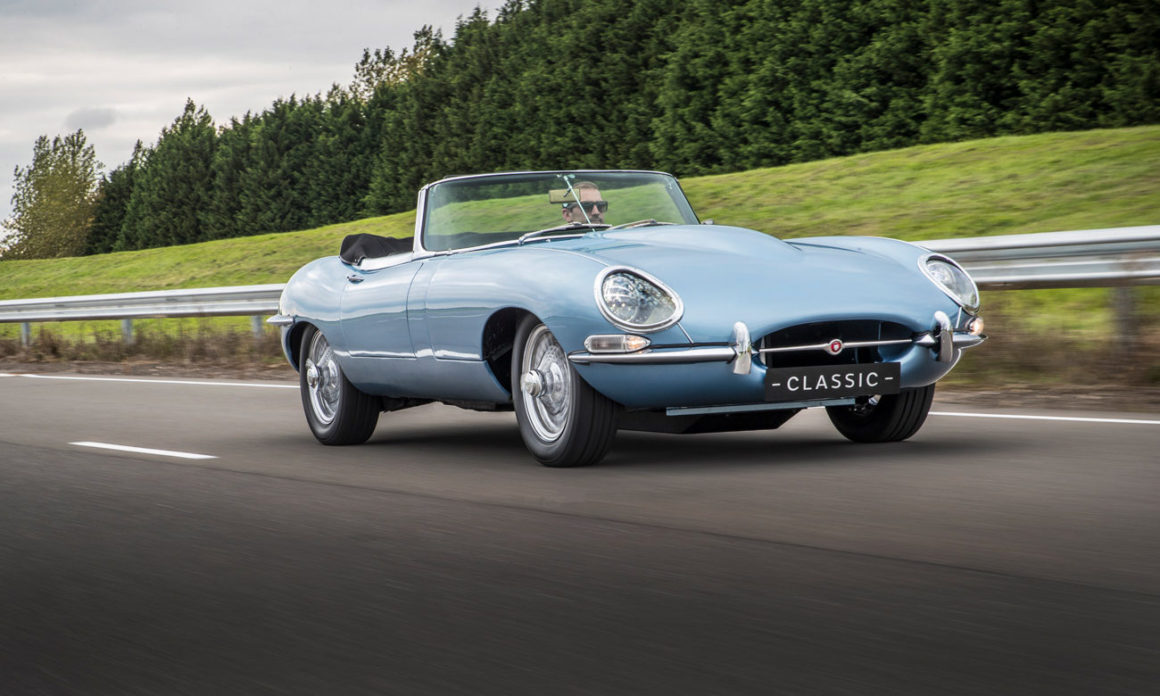
All this to say that the car is not easy to buy. Especially since the increase in prices that we know. Two solutions are therefore available to the buyer. The first is to find a competition. Full price with poorly detailed restoration file most of the time. Except with photo history file and invoices. This is very rare. A 4.2L 1-series coupe – an FHC fixed head coupe, as the pros say – is not touchable these days below the 60 to 120,000 euro range. The other direction is the restoration. A purchase that is certainly more complicated but that allows the buyer to shape the project according to his desires and his means and especially to reach his dream. Abroad, and more particularly in the United States. Because it is still possible to find E’s around 30 000 euros. At this price, don’t dream: they will be Series 2, 2+2 and Series 3. So long wheelbases, high cockpits, ringed headlights, low tail lights and big bumpers. Those horrible and heavy protective appendages that the US standard imposed on the manufacturer in the 70s. The least pure, but still E-Types.
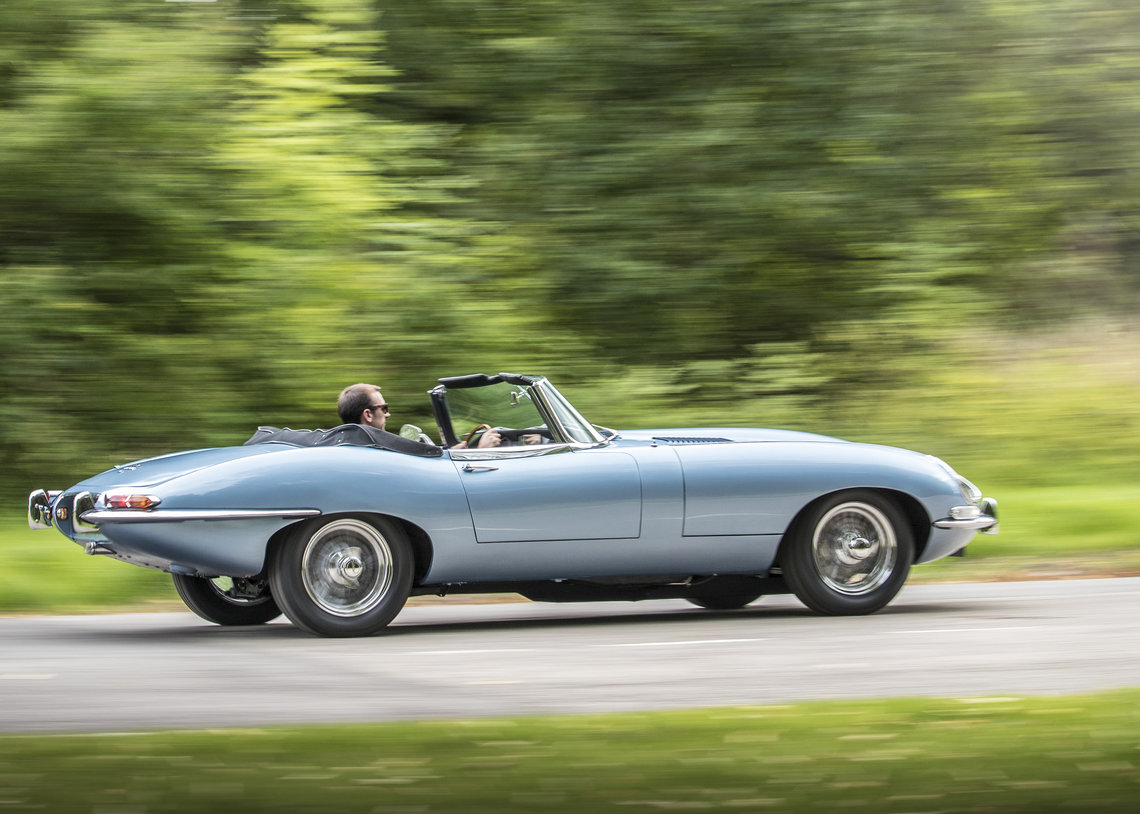
Recently we found a 2+2 in California, auto box to restore for less than 30 000 euros. So much for the first price. Why the USA? Because 70% of the cars manufactured from 1950 to 1980 were sold there. Getting one in is not difficult, and importers offering to accompany buyers to repatriate their beauty are legion.
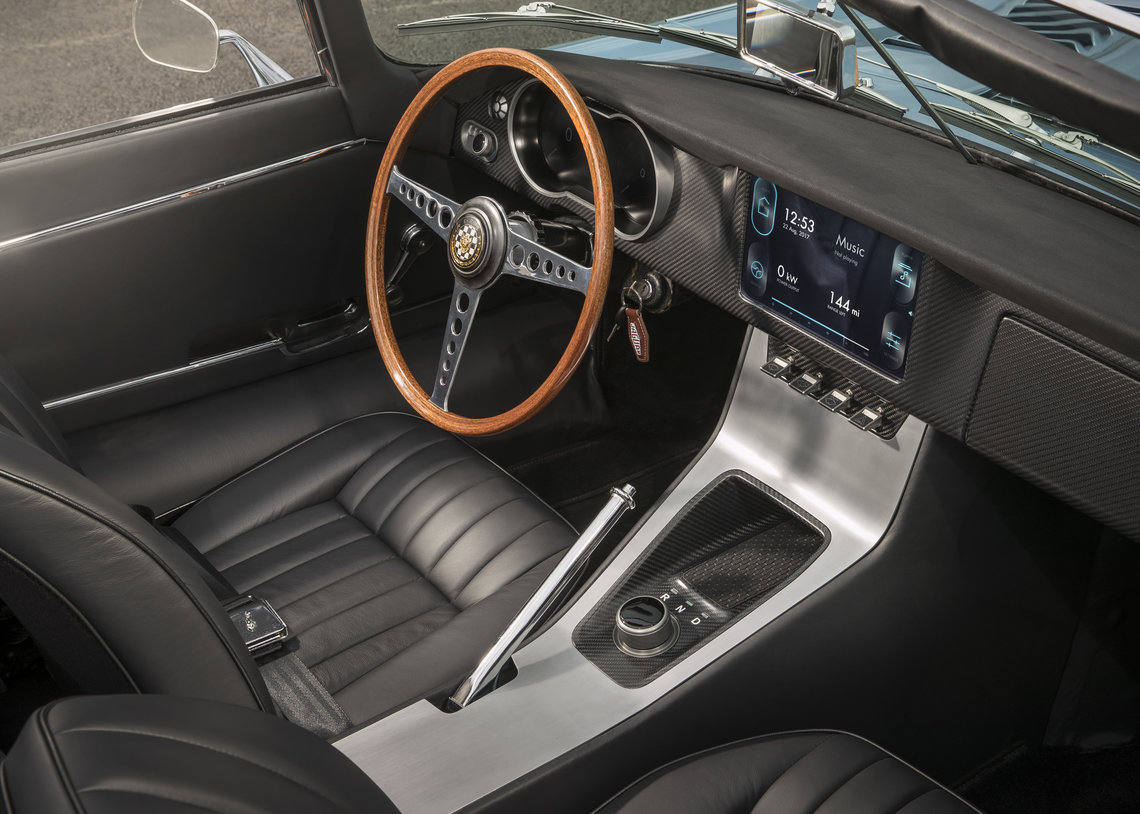
Wherever you buy it, the E-Type has to show its guts. The Eiffel tower or front truss that supports the engine must be straight as an I. Stiff as justice. It sounds silly, but it’s the hood setting that tells part of the shape of the beauty. The gap between the cabin and the hood should be even. Pay attention to the welds of the front frame. You have to look under the carburetors. The front crossbar under the radiator is regularly deformed by unscrupulous mechanics who have taken the habit of jacking it up at this point. The clearances in the suspension spindles must be tested on a jack. The same goes for the wheel bearings. The lower anchor points of the Eiffel Tower are essential. They are connected to the body to ensure its rigidity. We saw some, so corroded, that they were floating in the void! When the hood opens, you should also look at the often corroded headlight covers, under the wings too, because contrary to a legend, the hood is composed of three parts. To see also, the battery compartment. Often the US models have only 2 Zenith Stromberg carburetors. Pollution control is a must. SU carburetors and proper intake pipes are available, but they are very expensive when new.
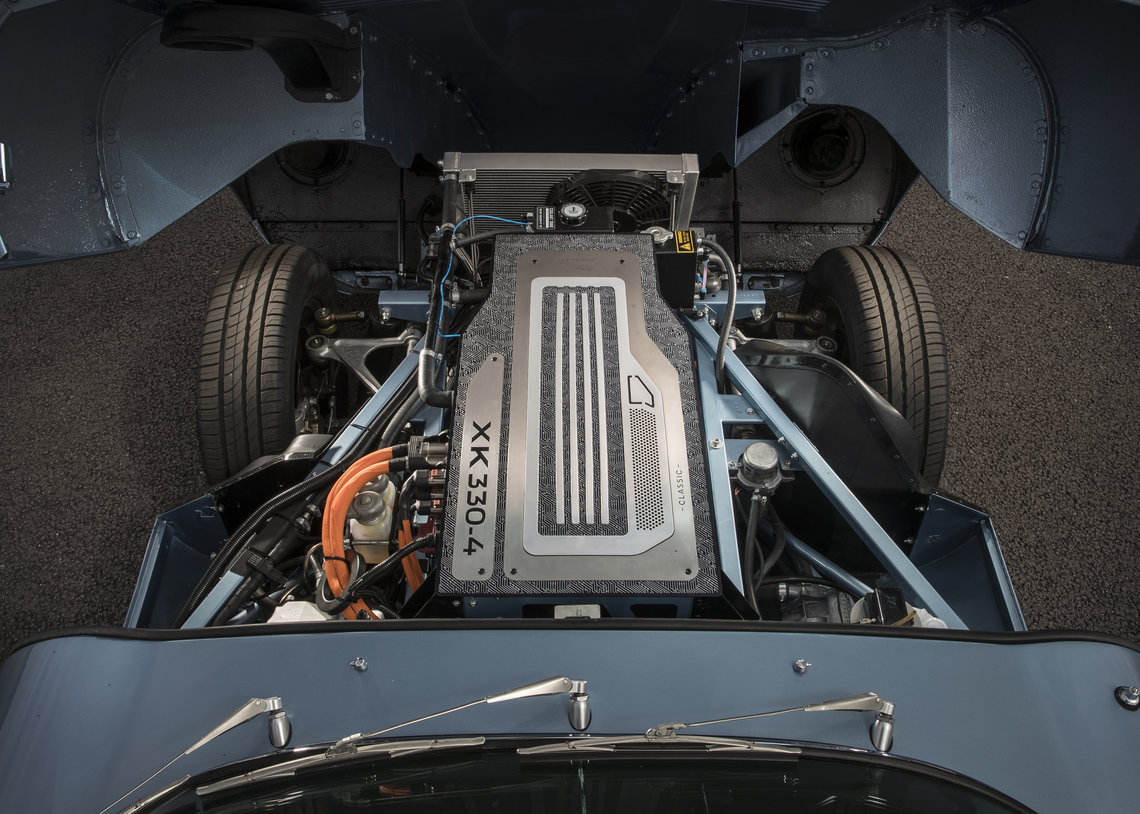
For the cabin, the pontoons must be studied. They often rust at the joints with the door jambs. But also at the level of the joints of bottom of door, they are often cut at this place. Also at the joint of the floors. This has the effect of making them accessible to water. Again the adjustment and alignment of the doors is a good or bad sign. Play the door hinges up to test them. Then the floors: they are often crushed by jacking up the bottom of the pedalboard. So that’s where they end up rusting. The rear floors are also often broken or corroded. They are essential because they receive the mounting arms of the rear axle assembly. Luckily, all of these pieces are in new condition. At the rear the buyer should look at the wheel arches, the friends of rust. Often poorly repaired, the trunk sheet that houses the spare tire is often corroded as well as the underside of the tank or the shell that goes over the exhausts. For the tailgate, the important sign is the alignment and the ease of opening. In all cases, a kitchen magnet should be used to determine the chewed areas. Because American bodybuilders discovered the hammer very recently and are princes of the body filler, choucroute in French.
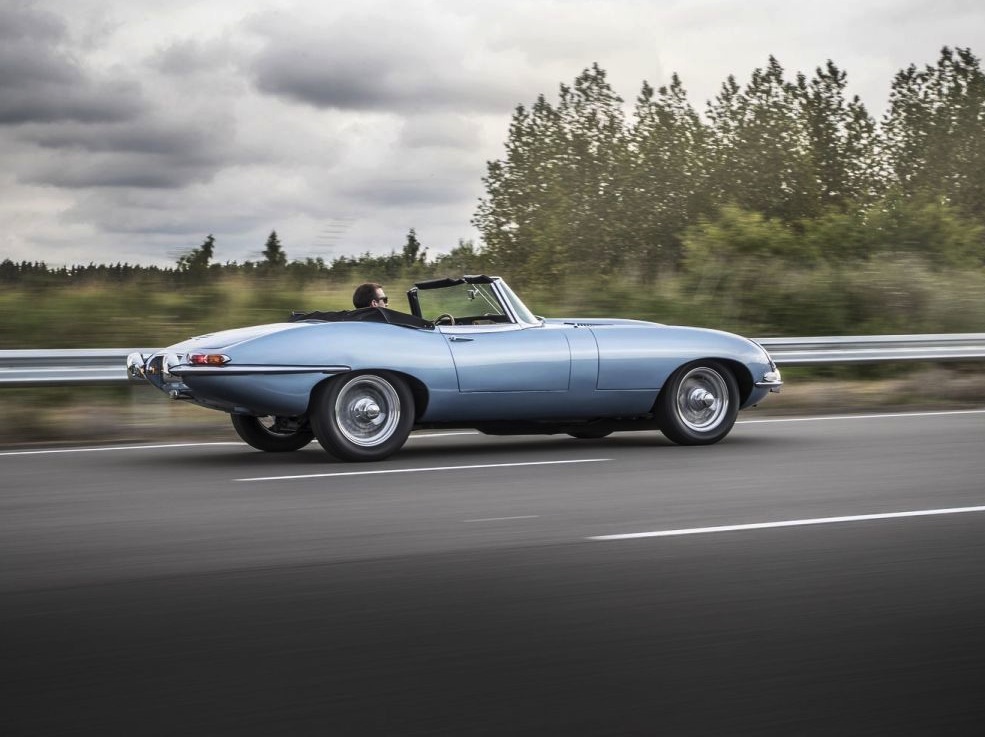
On the engine side, we will look at the numbers. We saw many XJ6 engines mounted in E-Types in the 70s or 80s. Des Mark X ou des Mark 2. No matter what owners say, always ask to run engines from cold at the starter, even if they don’t start, or run them at the ratchet and lever on the flywheel. Always check the oil pressure when hot and drive with the window open when decelerating, with your eyes in the mirror, to detect any blue smoke. So much for the basics. When you get there, you’ll have a slightly clearer view of the beast. Don’t worry: everything is available in used or remanufactured parts. And at all prices, for example: an original fuel pump costs around a hundred euros. We find very good ones at 15 euros Facett style. A complete new trunk floor is negotiated in the 350 euros. Un ¼ plancher avant dans les 100 euros. In engine, we find cylinder heads at 300 euros – luckily it is the same reference as the Mark 2, S-Type, 420 -, exhaust manifolds at 300 euros second hand – 500 euros in new big bore -, etc. Sets of 6 pistons from 300 euros. All quality wire wheels, original and upgrade brakes, new seat covers of very good quality. In any case, tell yourself that you have touched the most beautiful car in the world. So you have plenty of time to restore it. And also all your money.
Some addresses: Eliandre automobile, 47 rue Laugier 75017 Paris, tel. : 06.11.01.21.31 and www.eliandre-auto.com ; SNG Barrat Jaguar parts, 03.85.20.14.20 and www.sngbarrat.com.



